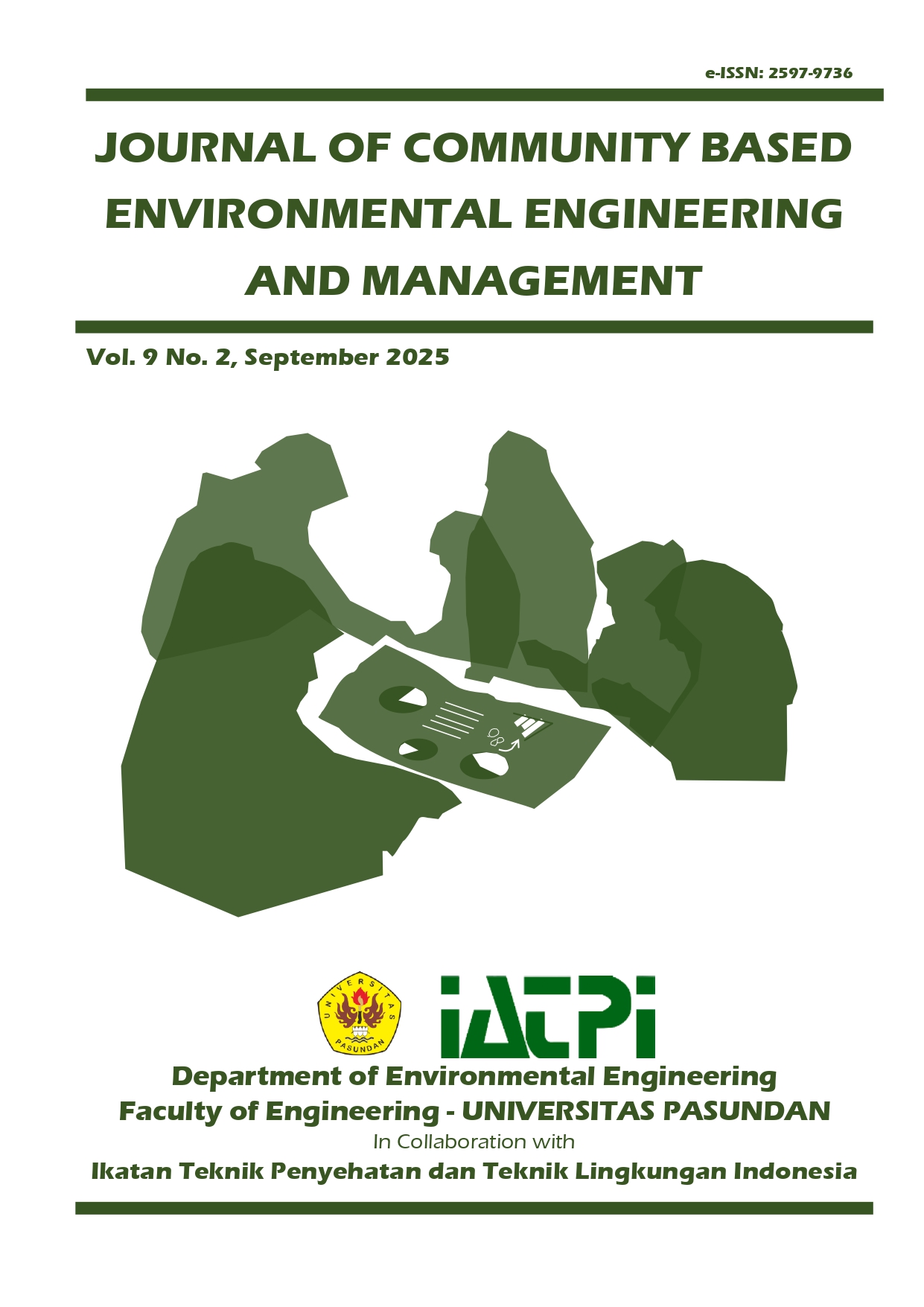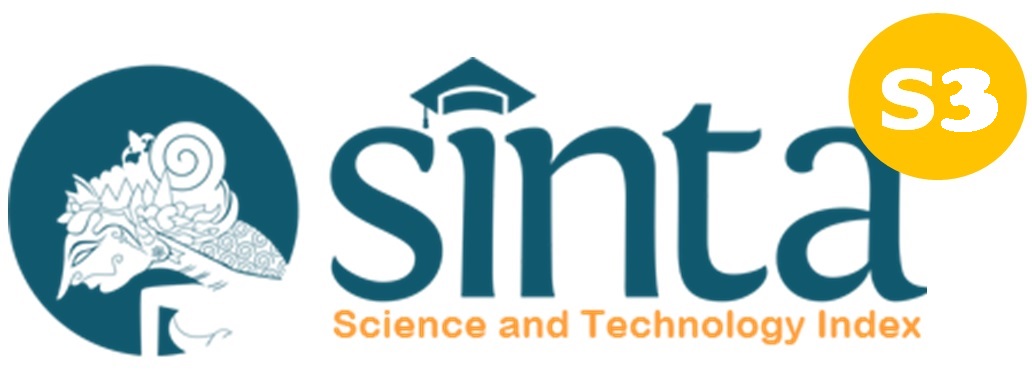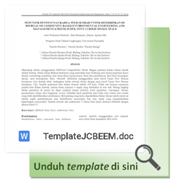Integrated Environmental Management for Nickel Mining Communities in Papua
DOI:
https://doi.org/10.23969/jcbeem.v9i2.32341Keywords:
indigenous knowledge, nickel mining, ecosystem restoration, sasi, electrocoagulationAbstract
Nickel mining in Papua has experienced rapid expansion to meet global electric vehicle demand, yet poses significant environmental impacts on local communities. This research aims to develop and evaluate an integrated environmental management model that combines electrocoagulation technology, indigenous knowledge systems, and ecosystem restoration strategies to address wastewater pollution and environmental degradation from nickel mining activities. A mixed-method approach was employed with wastewater quality analysis, ecosystem damage mapping, and indigenous community participation evaluation at three nickel mining sites in Raja Ampat, Southwest Papua. The integrated environmental management approach developed in this study consists of four main components: (1) electrocoagulation wastewater treatment system, (2) community-based environmental management using traditional sasi system, (3) phytoremediation using endemic Papuan plants, and (4) participatory monitoring and evaluation framework. Laboratory-scale electrocoagulation testing showed optimal heavy metal removal efficiency at 1.5 A current intensity, 90-minute contact time, and pH 7.5, achieving 95.2% nickel, 93.8% chromium, and 97.5% iron removal from mining wastewater. Implementation of community-based waste management systems using local wisdom sasi approach reduced environmental degradation by 68% and improved community welfare by 45%. The integrated ecosystem restoration model using endemic Papuan ferns demonstrated 78% effectiveness in soil and water quality recovery within 24 months. The research concludes that integrated environmental management approaches combining sustainable technology, community participation, and indigenous knowledge conservation can provide effective solutions to mitigate negative nickel mining impacts while supporting just clean energy transition.
Downloads
References
Abfertiawan, M. S., Syafila, M., Handajani, M., & Gultom, T. H. (2024). Electrocoagulation for nickel, chromium, and iron removal from mine water using aluminum electrodes. Heliyon, 10(24), e40752.
Alexander, S. M., Provencher, J. F., Henri, D. A., Taylor, J. J., & Cooke, S. J. (2019). Bridging Indigenous and science-based knowledge in coastal-marine research, monitoring, and management in Canada: a systematic map protocol. Environmental Evidence, 8(1), 15.
APHA. (2017). Standard Methods for the Examination of Water and Wastewater (23rd ed.). American Public Health Association.
Boiral, O., Heras-Saizarbitoria, I., & Brotherton, M. C. (2019). Improving environmental management through indigenous peoples' involvement. Journal of Environmental Management, 239, 301-313.
Climate Rights International. (2024). Nickel Unearthed: The Human and Climate Costs of Indonesia's Nickel Industry. Retrieved from https://cri.org/reports/nickel-unearthed/
Collins, B., & Kumral, M. (2020). Game theory for analyzing and improving environmental management in the mining industry. Resources Policy, 69, 101860.
Creswell, J. W. (2014). Research Design: Qualitative, Quantitative, and Mixed Methods Approaches (4th ed.). SAGE Publications.
Franks, D. M., Brereton, D., & Moran, C. J. (2013). The cumulative dimensions of impact in resource regions. Resources Policy, 38(4), 640-647.
Greenpeace Indonesia. (2025). Environmental impacts of nickel mining in Raja Ampat. In International Conference on Sustainable Mining Practices (pp. 145-158). Jakarta, Indonesia: Environmental Protection Agency.
Israel, B. A., Eng, E., Schulz, A. J., & Parker, E. A. (Eds.). (2012). Methods for community-based participatory research for health (2nd ed.). Jossey-Bass.
Jessen, T. D., Ban, S. S., Claxton, N. X. V. X., & Darimont, C. T. (2022). Contributions of Indigenous Knowledge to ecological and evolutionary understanding. Frontiers in Ecology and the Environment, 20(2), 93-101.
Lechner, A. M., Owen, J. R., Kemp, D., Lèbre, É., Baumgartl, T., Svobodova, K., & Lai, L. (2017). Challenges of integrated modelling in mining regions to address social, environmental and economic impacts. Environmental Modelling & Software, 93, 268-281.
Ministry of Energy and Mineral Resources. (2024). Indonesia's nickel reserves and production outlook 2024-2030. Mining Policy Review, 12(2), 28-45.
Nusantara Atlas. (2025). Deforestation tracking in Indonesian mining concessions. Annual Environmental Report, 7, 112-128.
Putra, F. M., Rahman, A., & Syahrial, S. (2023). Sasi system implementation for sustainable forest management. In Asia-Pacific Indigenous Knowledge Conference (pp. 78-92). Jayapura, Indonesia: University of Papua Press.
Reed, M. S. (2008). Stakeholder participation for environmental management: a literature review. Biological Conservation, 141(10), 2417-2431.














